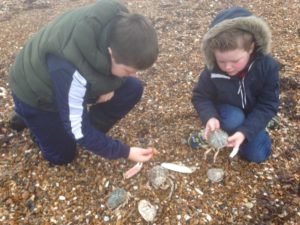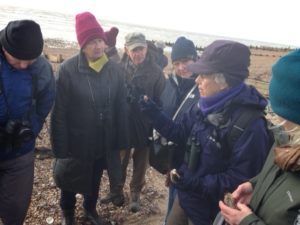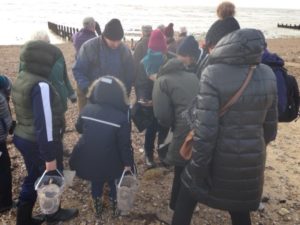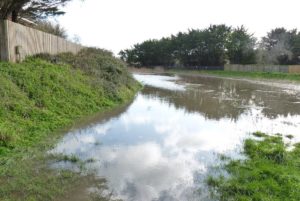Please see below the information handout from Wadars relating to their recent planning application to develop their site to improve the animal wefare facilities there. It clearly outlines the benefits of the scheme and lays to rest the negative comments made by some. Ferring Conservation Group supports the application – the reference number is FG/6/20.
Wadars Rescue and Rehoming Centre, Ferring
Response to concerns raised on the planning portal.
Rewilding As a past livery yard, the property as it stands is almost entirely of concrete and therefore, encourages no natural wildlife beyond vermin and feral cats. We do attract swallows, which continue to nest in our permanent stables. Wadars specialises in the rescue and rehabilitation of wildlife. Our development plans support our work and include creating green spaces throughout the old stable yard, both natural meadow and landscaped, and increasing the number of trees. This is needed both for the improvement of the natural environment and for natural scent and sight barriers between species.
Building design & sustainability The only UPVC structures are those in the further development of the cattery. These are fully insulated units and provide the best possible environment for cats and kittens in a rescue environment. All other construction, including the kennels, are from robust traditional build materials, fully insulated, and include the use of photovoltaic panels for sustainable energy generation. Units are low impact and finished in brickwork and wood fibre cladding, giving a natural, virtually maintenance free finish.
Economic Development Since taking on the property in Hangleton Lane, Wadars has already provided an additional 10 jobs and more than 100 volunteering opportunities. This will increase further as the centre develops. ln additional, we are now providing valuable work experience for students involved in animals welfare and environmental courses at local colleges.
Kennels We have been transparent with our intentions for the property since purchasing in January 2014. When granting ‘change of use’ permission, Arun District Council placed caveats on the positioning and number of kennel units. This has been followed. We are below the capped number of runs and have placed the kennels facing east, at the eastern end of the property, as stipulated by Arun. These kennels are situated at least 100m from any existing residential property.
Barking dogs Dogs in kennels generally only bark when there are people around or they see another animal, they do not bark24/7. Kennels have been designed so that dogs do not face each other; they are separated into three individual blocks so they cannot set each other off. The outdoor exercise runs will be fully fenced with solid fencing so that dogs cannot see dogs in the next run or other animals such as horses. The fence running along the boundary between our kennel area and the neighbouring sand school will also be solid. lt is noted that the livery stables allow client dogs to roam loose and therefore, dogs are already interacting with their horses.
Development There were originally 86 stables on our property. The proposed footprint of the animal rescue and rehoming centre is less that the overall combined footprint of the original stables. The traffic generated by those original 86 stables is more than four times that of our proposed centre.
Staff accommodation The existing flint barn already has lapsed planning permission for conversion to residential. Our plan for the flint barn is purely for staff accommodation to ensure out of hours care for animals in need. The footprint of the barn remains unchanged. There are historic clauses on the property which prevents any owner from selling the barn separately and therefore, it cannot become general housing.
Surface water Considerable investigation has been put into the best drainage systems for surface water across the property. This has included specialist infiltration tests and the development of a drainage plan by specialist engineers, including direction of flood waters to a natural swale. This will also encourage more natural wildlife to the area.
Other centres owned by Wadars Wadars has no other property or centre(s), and never has had. The facility which we use in Lancing is a commercial boarding kennels and costs the charity more than f30,000 in kennelling charges every year
Other benefits
Wadars rehoming centre will allow our specialist animal welfare team to work on any behavioural or socialising needs that dogs and puppies might have before finding new forever homes for them. A dual purpose Training and Education centre will enable us to train and socialise dogs and puppies in our care; we can also invite the local community, especially localyouth groups and other community organi5ations, to learn about responsible pet ownership and wildlife awareness. A purpose built wildlife facility will allow us to expand the work of our Animal Rescue Officers in your community; it will also enable us to reduce stress for more wildlife casualties by caring for them here in Ferring, their natural environment, rather than having to transport them to other centres; journeys that often result in premature and unnecessary deaths of wildlife. Education is a key theme running throughout our proposals and providing placements for local college students studying for roles within the animal care sector is something that we have already begun to do, but which will feature heavily in our plans going forward.




